In the week ending May 25, Western Canadian feeder cattle markets were trading $4 to $8 higher compared to seven days earlier. Some higher quality genetic packages of 700-pound plus cattle were up as much as $10 from week-ago levels.


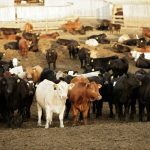
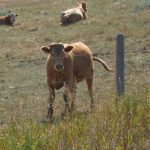
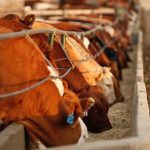

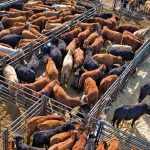
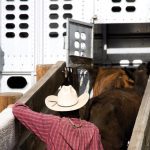
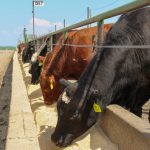
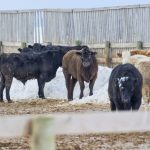
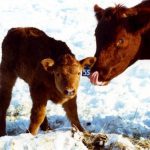
Evaluating body condition score can be difficult and requires training